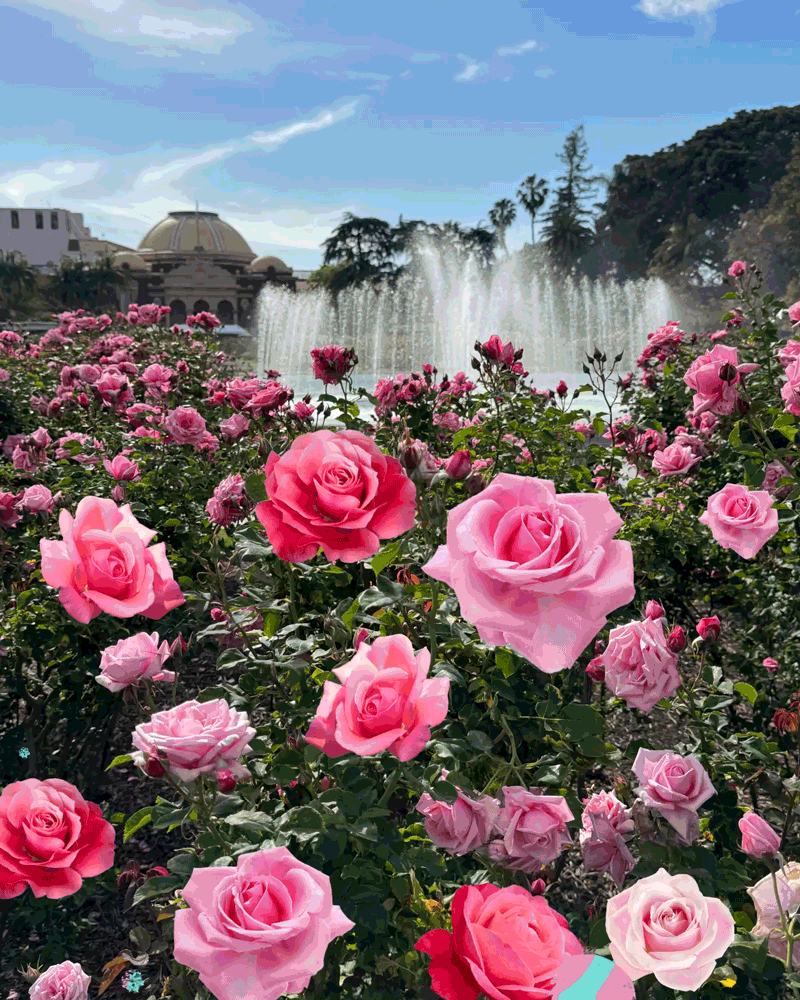FLORA OF THE VALLEY : Fountain Grass
- Share via
Fountain grass with its showy, plume-like flower spikelets grows in abundance along Southern California roadsides and in sunny, open fields during the late summer and throughout the fall months.
A native of the ancient kingdom of Abyssinia, the east African state now known as Ethiopia, fountain grass (pennisetum setaceum) was introduced to California many years ago when its seeds somehow found their way to the hills near Ventura and Santa Barbara.
Now, the sturdy, drought-resistant perennial grass is plentiful everywhere in the United States. It is cultivated as an ornamental plant and for use in dried floral arrangements. If not controlled, the fast-spreading grass can become a pest in home gardens and lawns.
Fountain grass grows in dense, rounded clumps. Its scientific name comes from the Latin words “penna” meaning feather and “seta” meaning bristle.
The soft, feathery spikelets are coppery pink or purplish. They grow atop hollow stems that reach heights of up to 4 feet. The spikelets die in the winter, when the plant goes to seed and lies dormant until spring. Stems are surrounded by many narrow, arching leaves about 2 feet long.
Pictured here are clumps of fountain grass bordering Tierra Rejada Road east of Simi Valley and growing alongside a barbed-wire fence near Moorpark in eastern Ventura County.
Fountain grass is among about 10,000 species of the important grass family (gramineae). Other grasses are barley, oats, wheat, rice, corn, sugar cane, bamboo, Pampas grass, Kentucky bluegrass and other lawn covers.






